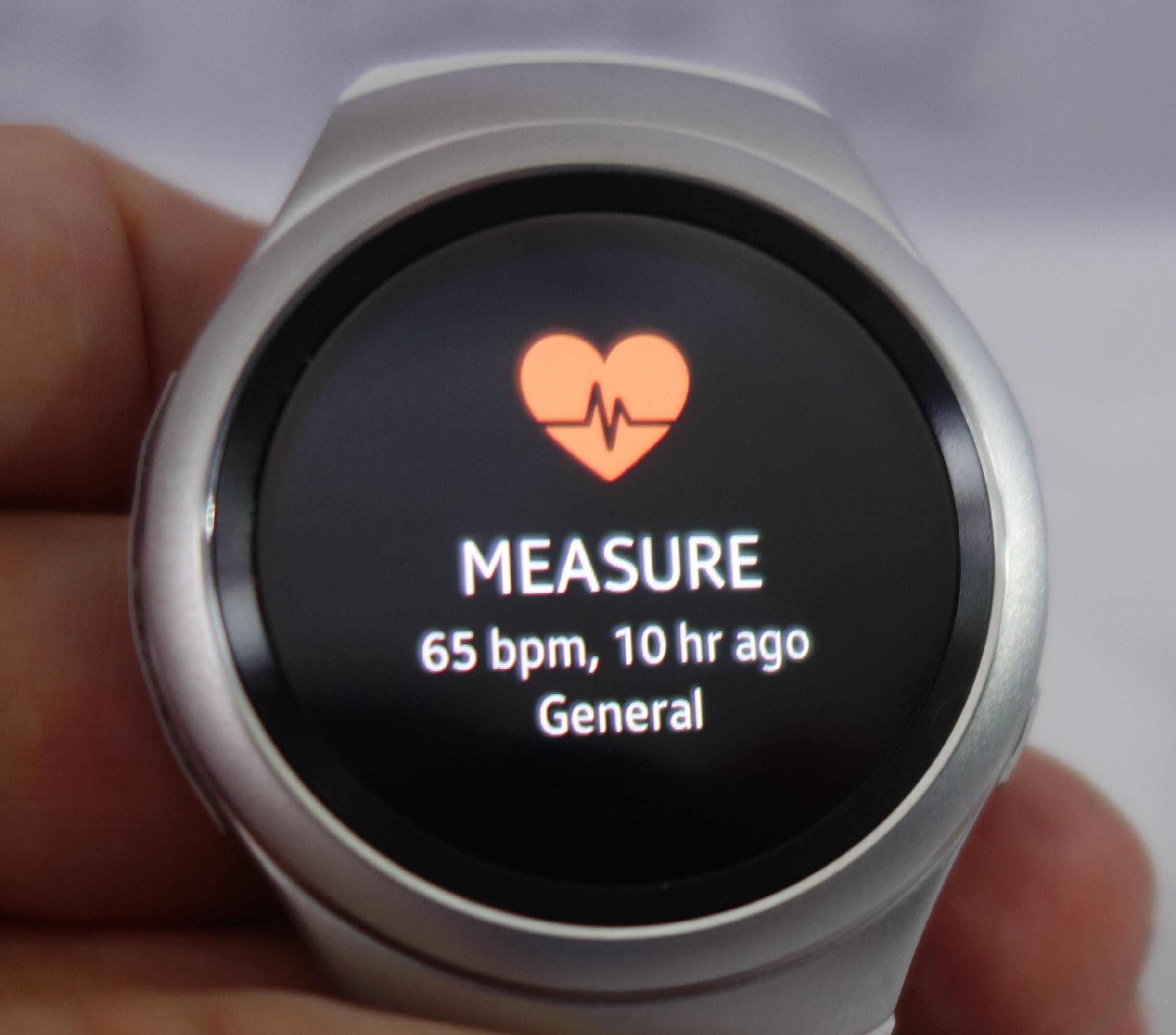This is the time of year when people make New Year’s resolutions, which they often forget about by the time February rolls around. I don’t have a foolproof way of guaranteeing that you’ll keep your resolutions, but if getting more exercise is among them, then an exercise tracker or smartwatch could help motivate you.
My guess is that getting and staying fit is the main reason a lot of people apparently got a Fitbit for Christmas. The company hasn’t released holiday sales figures but its app topped the charts on the Apple app store the day after Christmas, suggesting that a lot of people were configuring a new device.
After using several Fitbit models — most recently the $200 Fitbit Surge — I can see why lots of people want one. Fitbit trackers may not be as versatile as smartwatches from Apple, Samsung, Motorola and other companies, but even the least expensive model, starting at around $50, tracks your steps and active minutes and estimate calories burned. As you move up the price chain you get additional features such as tracking sleep and floors climbed, and silent alarms that cause the watch to vibrate.
The two higher-end models, the Charge HR ($130) and the Surge also track your heart rate.
And when it comes to smartwatch features, the Fitbit Charge and Surge will display the caller ID of incoming calls and the Surge will also display text messages.
What impresses me most about the Surge is its GPS tracking that kicks in when you go for a run, hike, walk or bike ride. It isn’t just estimating distance; it’s actually measuring it, though at the cost of reducing battery life from an estimated seven days without GPS to only 10 hours with it turned on. You can also exercise with GPS off and it will measure your footsteps. As with all battery life estimates, your experience may vary.
Although it doesn’t have GPS, the $149 Basis Peak is also an impressive exercise watch. It too measures footsteps, estimates calories, tracks sleep, measures continuous heart rate and notifies you of calls and texts. The company claims up to four days of battery life. I wore it almost daily for a couple of months and liked it a lot.
Both the Fitbit and Basis will run longer on a charge than most full-featured smartwatches because — among other reasons — they don’t have a full color display. And, they don’t run as many apps that can suck power. Still, you do have to remember to recharge them at least every few days and, truth be told, I often forget. Another alternative is an exercise watch that doesn’t require charging, like the $50 LifeTrak Zone C410 which has a coin-sized battery that lasts for about a year. Though some LifeTrak models will sync with smartphones, none of them require a phone. All the data you really need is visible from the watch screen. It will automatically measure your footsteps and track your sleep and, though it doesn’t automatically and continuously measure your heart rate, it will give you your pulse if you push down on a button for a few seconds. The Withings Activite POP ($120 and up) is an analog mechanical watch the also tracks activity and has a battery that lasts about eight months.
Of course, you also have the option of getting a smartwatch that does pretty much everything these exercise bands do and then some.
 Lately I’ve been testing the Samsung Gear S2. Starting at $300, it’s not cheap (though it’s $50 less than the least expensive Apple Watch). One difference between the S2 and previous Samsung watches is that it works with most Android phones. You don’t need a Samsung phone for the basic features though there are some features, like email syncing, that do require a Samsung Galaxy phone.
Lately I’ve been testing the Samsung Gear S2. Starting at $300, it’s not cheap (though it’s $50 less than the least expensive Apple Watch). One difference between the S2 and previous Samsung watches is that it works with most Android phones. You don’t need a Samsung phone for the basic features though there are some features, like email syncing, that do require a Samsung Galaxy phone.
The Gear S2 has a unique rotating bezel that lets you move from screen to screen. An app screen allows you to select an app with the bezel or by touching its icon. I tried two versions — one with an AT&T SIM card and the other that simply connects to a phone via WiFi or Bluetooth. The one with the SIM card is not just a watch but a full-fledged phone a la the Dick Tracy 2-way wrist radio.
The Gear S2 is actually an excellent exercise watch. It does a good job of automatically measuring your heart rate and faithfully tracks footsteps but, thanks to Samsung’s S-health app, it does a lot more, including helping you track indoor exercises as well as walks, runs, bike rides and hikes.
As it turns out, you don’t need a fitness watch to track your walks, runs and bike rides as long as you have an iPhone or an Android phone. If you have an iPhone, click on Apple’s Health app (the one with the red heart) and you’ll see your footsteps and other data that’s automatically collected as long as you have the iPhone with you. On Android, click on Google’s Fit app where you’ll get data on walking, running and cycling.